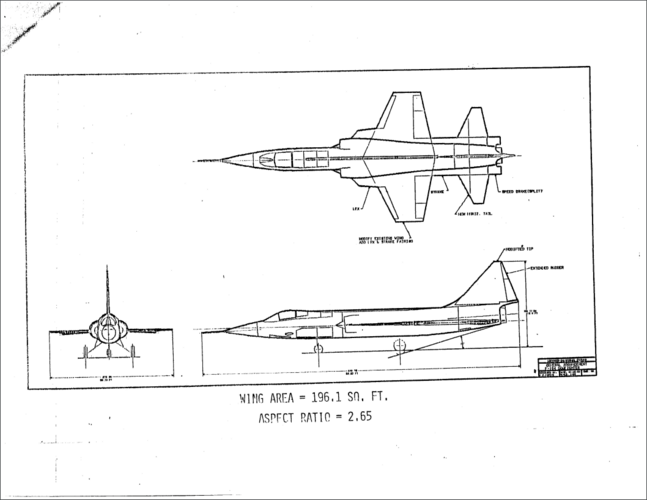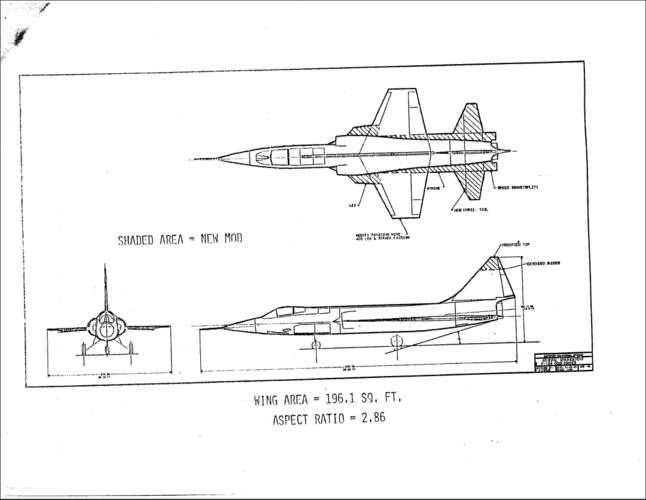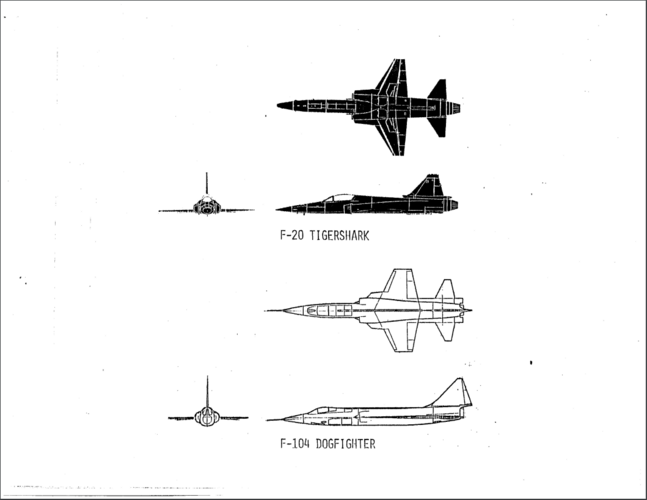Rule of cool
ACCESS: Top Secret
- Joined
- 16 January 2024
- Messages
- 1,822
- Reaction score
- 2,445
Mirage III may have hit Mach 2 unloaded, but speed in combat had an irrefutable impact on range. Mirage also used slow firing heavy cannon that were not ideal for air superiority. F-104 had the clear advantage for gun work and was unmatched for raw speed. BUT then Sidewinder came about. F11H was smaller and literally 75% the size and lacked capability cimpared with an F8U, using the same guns but pinched for shells. F11H carried 125 rounds per gun while F8U carried 144. F3H and F8U, while even in speed to F11H, were better choices than either F-104 or F11H without the massive cimpromise on speed or capability. F3H had Sparrow and Sidewinder, and was suited for short takeoffs. F8U carried four AIM-8 versus two for the Tiger. The Super Tiger carried missiles to match F8U but it was too late. Super Tiger was the only F11H version that was realistic to compare to F-8B, but (like the Mirage and Starfighter) its superior speed came at a huge cost to range. And the Super Tiger was short on volume to upgrade. The F-8 version at the time of Super Tiger was XF8U-3, a huge leap ahead and more similar in capability to F-4D.
Mach 2 is more a marker of performance than a practical speed reached by planes on routine CAPs. The fastest possible speed means extra energy imparted to missiles during launch, the ability to engage and disengage as needed and to close distances in interceptions.
The range argument is a non-event, a CAP or other mission isn't planned for the full theoretical flight endurance. It will will have a 5-10 minute allowance for combat at full throttle, with the range limitation that this imposes being accepted as standard. When these rules are not followed, like the Argentines at the Falklands, ostensibly superior performance fighters are chopped to pieces by subsonic Sea Harriers.
The M61 Vulcan takes half a second to spin up to full speed, so the first second of firing means 68 rounds. The revolver DEFA 552 fires at full speed instantaneously, some 25 rounds in the first second, or 50 rounds given most fighters with DEFA or Aden cannons carry a pair of guns.




